Wood Guide
Every product from The Stables Woodshop is available in a variety of North American hardwoods. This allows you to choose what you like or what best suits your space.
To help you with your choice, we crafted this small guide to highlight the main differences between each wood species. If you have any questions, feel free to send Jeff a message and he will be more than happy to discuss the project with you and help you choose.
North American Hardwoods
-
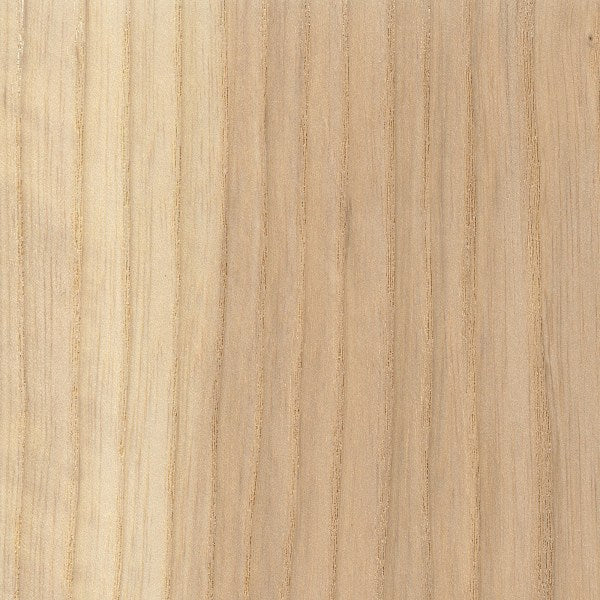
White Ash
Price: $
Resistance: White Ash has excellent shock resistance, making it one of the most commonly used hardwoods for tool handles in North America.
Look: The heartwood is a light to medium brown color. When stained, ash can look very similar to Oak, although oaks have much wider rays, which are visible on all wood surfaces.
-
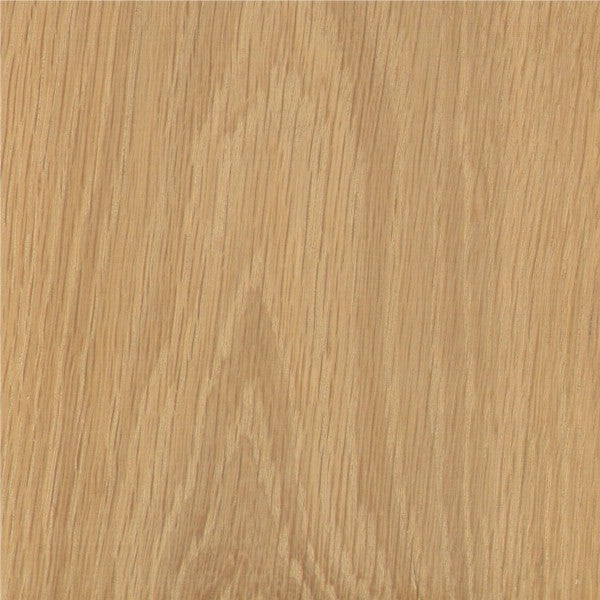
White Oak
Price: $$
Resistance: Rated as very durable; frequently used in boatbuilding and tight cooperage applications.
Look: Heartwood is a light to medium brown, commonly with an olive cast. Paler sapwood is not always sharply demarcated from the heartwood.
-
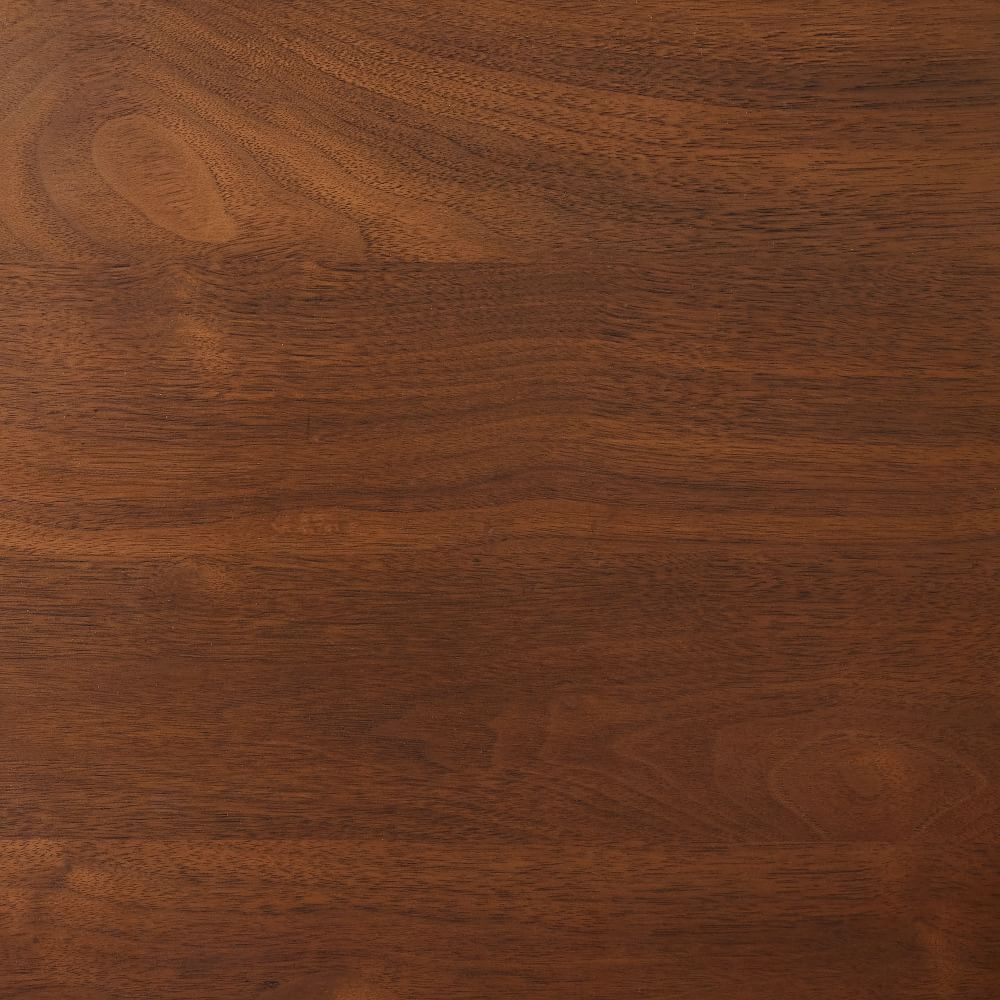
Walnut
Price: $$$
Resistance: Walnut is rated as very durable in terms of decay resistance, though it is susceptible to insect attack.
Look: Heartwood can range from a lighter pale brown to a dark chocolate brown with darker brown streaks. Color can sometimes have a grey, purple, or reddish cast.
-
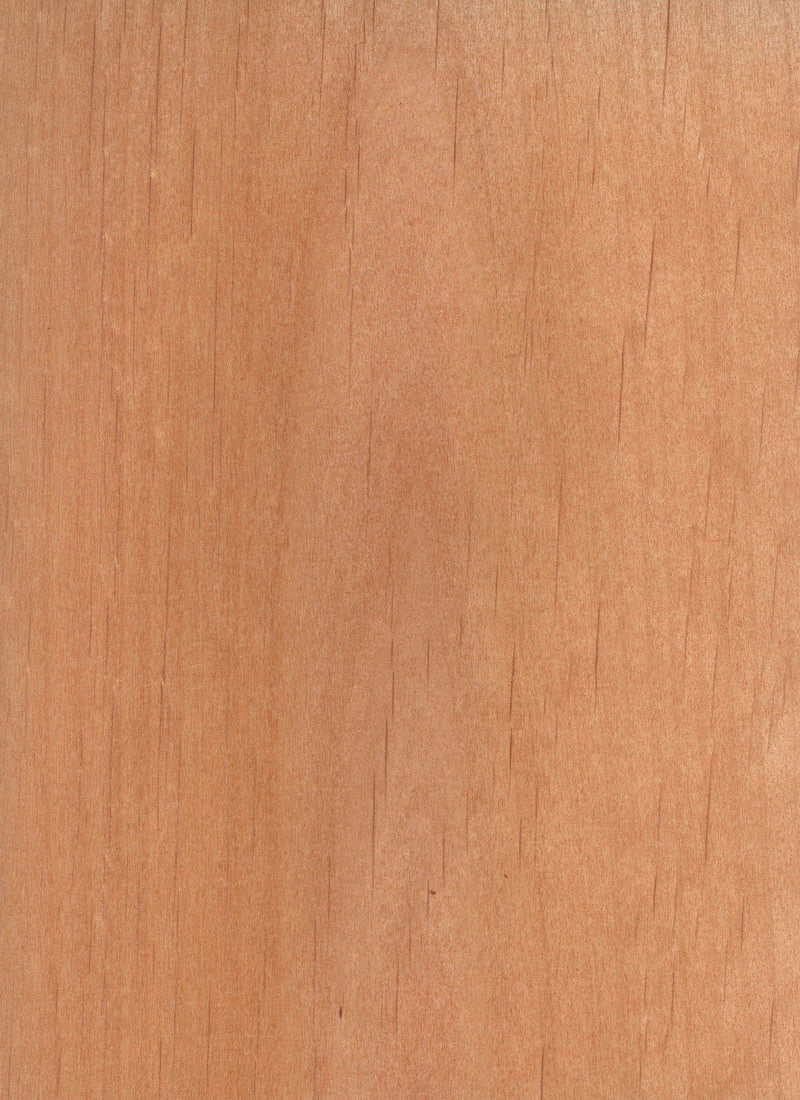
Alder
Price: $
Resistance: Red alder is rated non-durable to perishable regarding decay resistance
Look: Alder tends to be a light tan to reddish brown; color darkens and reddens with age. There is no visible distinction between heartwood and sapwood. Large aggregate rays appear as occasional small streaks on the face grain that can be mistaken for defects in the wood.
-
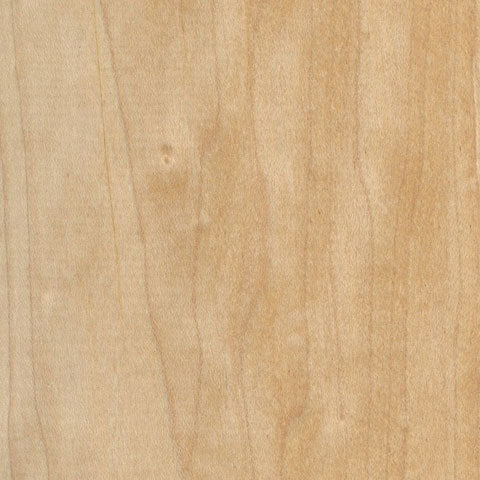
Eastern Maple
Price: $$
Resistance: Rated as non-durable to perishable, and susceptible to insect attack.
Look: The color ranges from nearly white, to an off-white cream color, sometimes with a reddish or golden hue. Hard maple can also be seen with curly or quilted grain patterns.
Information from The Wood Database
Subscribe to our emails
Join our email list for exclusive offers and the latest news.





